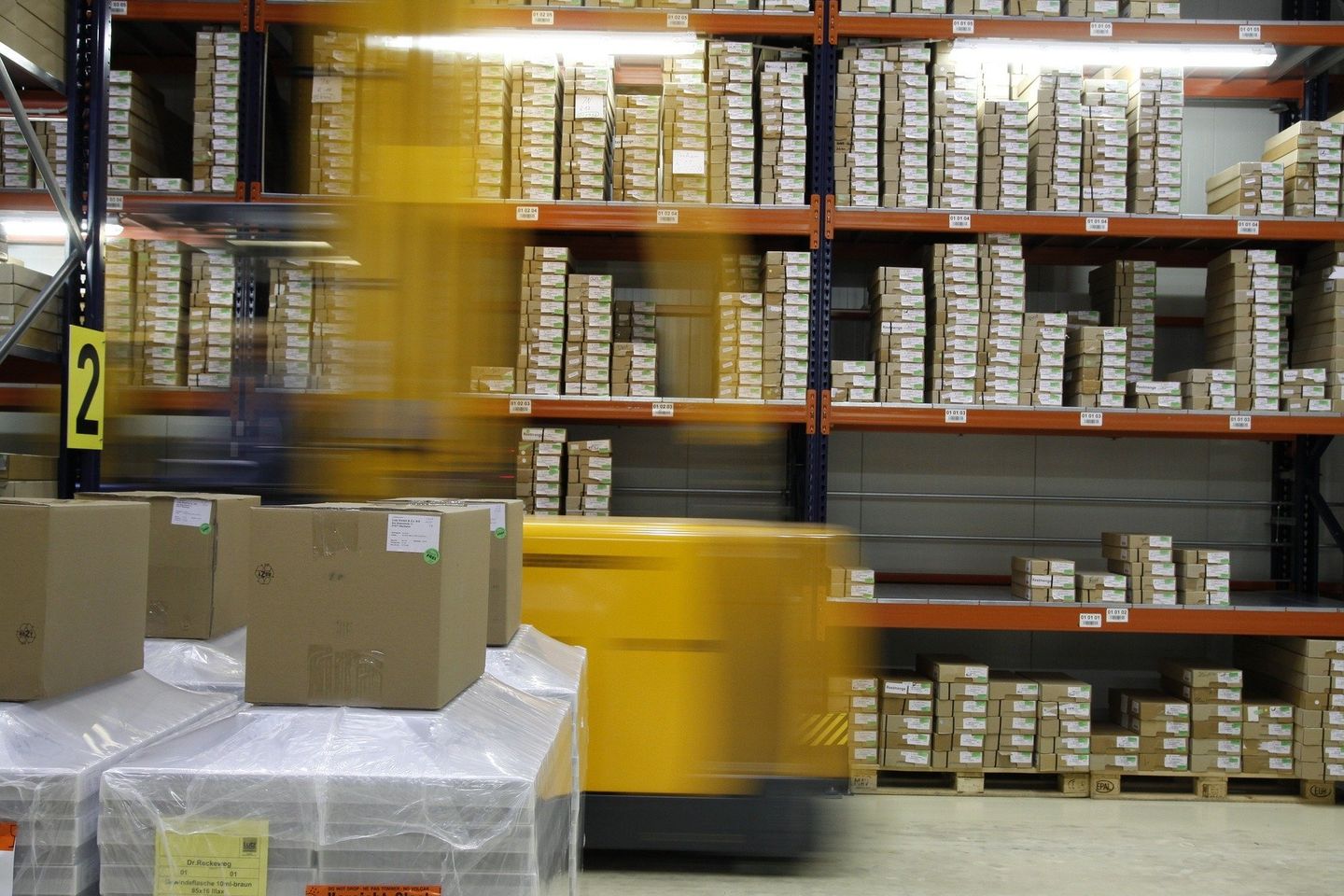The Comprehensive Guide to Optimal Food Packaging: A Must-Follow for Success
In the fiercely competitive landscape of the food industry, the significance of effective food packaging cannot be overstated. As the initial point of contact for consumers, food packaging plays a pivotal role in shaping perceptions and influencing purchasing decisions. This guide aims to equip you with indispensable insights into the art and science of food packaging, ensuring that your food products are not only delivered safely but also stand out in a crowded market.
Why Food Packaging Holds Paramount Importance:
Ensuring the safe and untarnished delivery of food products to consumers is the primary objective of every food supplier. Throughout the transit journey, products are exposed to a myriad of environmental conditions, posing inherent risks. Unfavorable weather or mishandling during transit can result in damage, compromising the taste and overall quality of the food item. Proper packaging acts as a shield against these risks, safeguarding the integrity of the product.
Pro Tip: A keen observation of customer behavior in stores reveals that well-packaged products are favored. Consumers tend to avoid items with open seals or tampered packaging, underscoring the critical role of meticulous packaging practices.
Collaborating with Professional Food Packaging Suppliers:
In Australia, leveraging the expertise of professional food packaging suppliers is crucial for ensuring the secure transit of your food products. These professionals possess the knowledge and resources to navigate the intricacies of packaging, guaranteeing that your products reach their destination unscathed.
Diverse Types of Food Packaging:
Food packaging comes in a multitude of forms, each tailored to the specific needs of different food types:
- Wrappers: Thin plastic bags perfect for candies, bars, or chewing gums.
- Bags: Crafted from paper, plastic, or cloth, commonly used for small items like snacks and candies.
- Cans: Ideal for liquid food items, providing effective sealing to prevent leakages.
- Cartons: Varied styles including egg cartons, aseptic cartoons, gable-top cartons, and folding cartons, made from corrugated cardboard with moisture-resistant coatings.
- Boxes: Sturdy packaging made from wood, metal, or corrugated fiberboard, suitable for items like frozen pizzas and snack crackers.
- Trays: Flat, thick paperboard containers with raised edges, perfect for holding drinks and meat products.
Choosing the Right Food Packaging for Your Product:
Selecting the appropriate packaging involves careful consideration of two crucial factors:
- Food Product Safety: The packaging must ensure the safe delivery of the product to the consumer, emphasizing premium quality and durability.
- Eye-Friendly Design: Appealing and catchy packaging attracts consumers. Collaborate with professionals to customize your food packaging for maximum visual impact.
Current Trends in Food Packaging:
Staying ahead in the competitive food industry requires aligning with the latest packaging trends:
- Minimal Design: Embrace minimalist designs, avoiding clutter and presenting information in a concise and appealing manner.
- Bold Colors: Utilize bold colors that capture attention swiftly and from a distance.
- Latest Print Technologies: Invest in cutting-edge printing technologies and materials to elevate the visual appeal of your packaging.
- Innovative Packaging Shapes: Get creative with packaging shapes, recognizing their significant impact on consumer attraction.
In conclusion, the success of your product in the market is intricately tied to its packaging. In the food industry, packaging is not merely a protective layer but a crucial element influencing consumer choices. Therefore, every food product supplier should prioritize meticulous packaging and enlist the expertise of professional food packaging suppliers to achieve outstanding results.

